Name Henno Martin Fields Geology | Books The sheltering desert | |
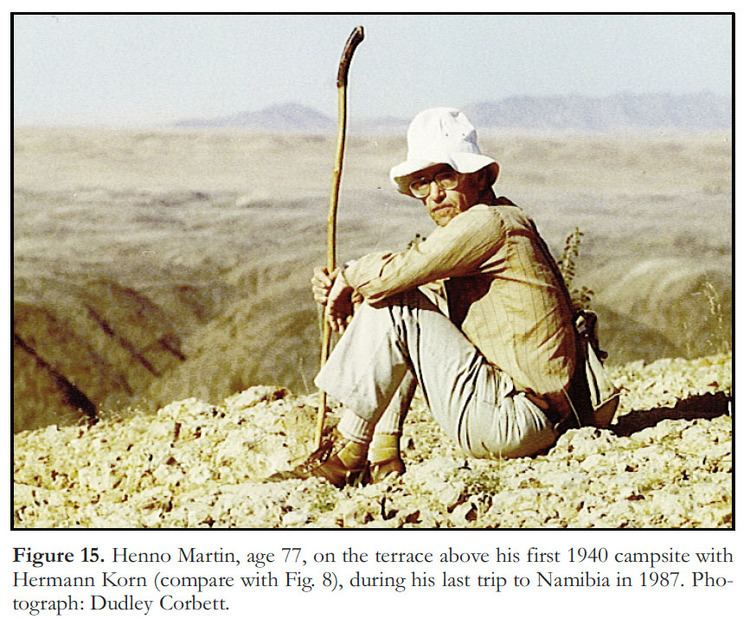 | ||
Institutions Geological Survey of NamibiaUniversity of Sao PauloUniversity of Cape TownUniversity of Gottingen Known for Discovery of Messum Igneous ComplexSecuring water supply to WindhoekGravitational nappe transport Notable awards Hans-Stille-Medaille (1975)Gustav-Steinmann-Medaille (1980) Died January 7, 1998, Gottingen, Germany | ||
Survival of our Species
Henno Martin (15 March 1910 – 7 January 1998) was a German professor of geology who, along with Hermann Korn, lived for two years in the Namib Desert to avoid internment during the Second World War.
Contents
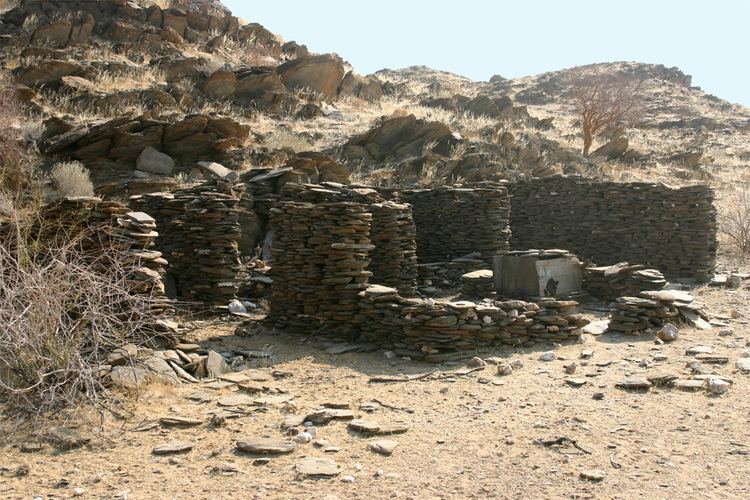
Personal life
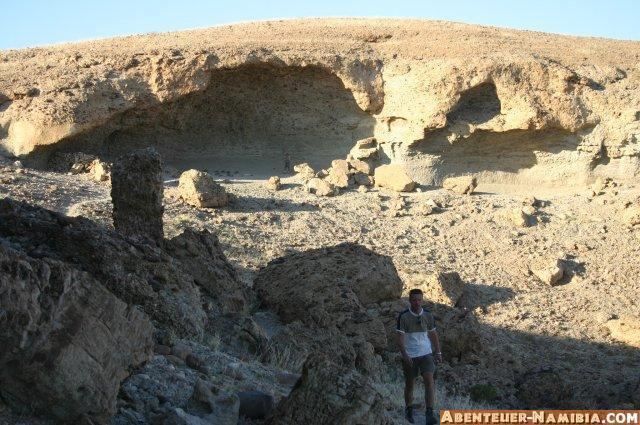
Martin was born in Freiburg, Germany on 15 March 1910. His studies at the universities of Bonn, Zürich, and Göttingen culminated in a Ph.D on "Post-Archean Tectonics in Southern Central Sweden". In 1935 he emigrated along with Korn to what was then South-West Africa (now Namibia) (a former German colony) and worked as a consulting geologist. Namibia was at that time administered by its neighbor, South Africa and in 1939 South Africa, following the United Kingdom, declared war on Germany. In 1940, fearing internment as enemy aliens by the South African government, Martin and Korn decided to flee into the Namib desert and to wait out the war in the remote and rugged Kuiseb Canyon . They returned to Windhoek in 1942 after Korn contracted beri-beri. They were not interned on their return and before the war ended were employed as surveyors by the government. In 1957 Martin wrote The Sheltering Desert, a memoir of his experiences while living in the Namib. (The work, or something very close to it, was first published in German and has been translated into other languages).
Career
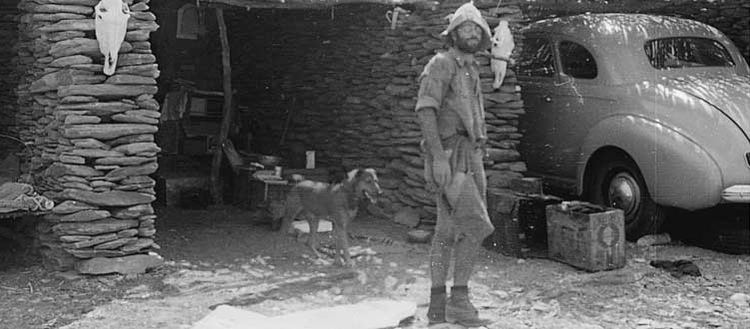
Martin discovered the Messum crater in 1939, the Namibian remainder of a gigantic volcanic eruption that happened before Africa and South America broke apart. This eruption is thought to have been the single largest explosive volcanic eruption in the history of the Earth.

After the war he worked as a consulting geologist, specialising in exploration for underground water resources. He selected the locations of boreholes throughout South-West Africa and particularly in the capital Windhoek, where he "provided the city with its first large-scale, reliable source of water".

Martin worked for 20 years as Director of the Geological Survey of Namibia. In 1963 he joined the University of Cape Town as director of the Precambrian Research Unit, and in 1964 he became Head of Geology at University of Göttingen.
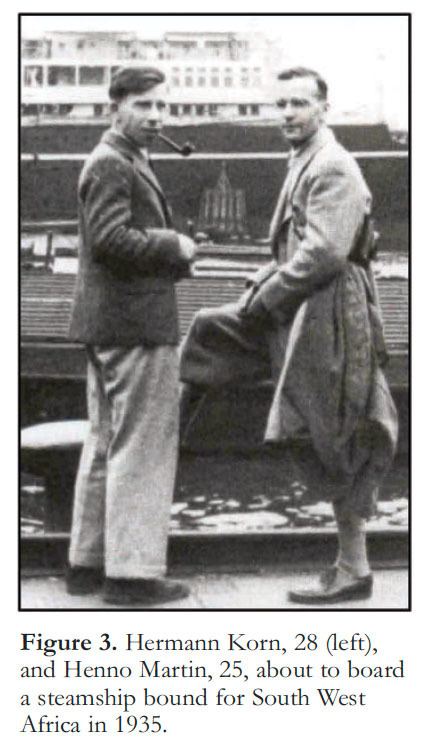
The Geological Society of Namibia, whose honorary patron Martin was, awards the Henno Martin Medal annually for the best scientific publication by a geologist living in Namibia.
